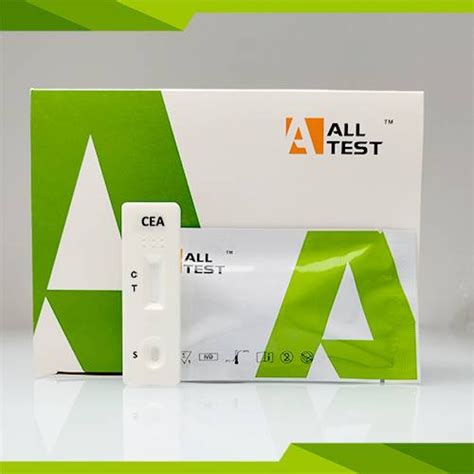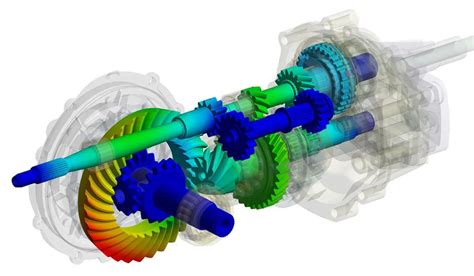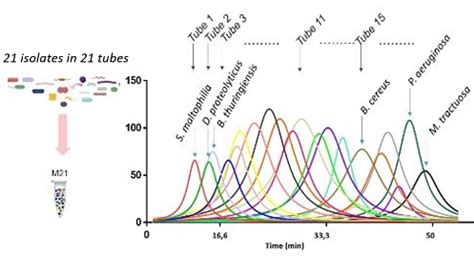Intro
Learn about the Carcino Antigen Test, a diagnostic tool for cancer detection, including tumor markers, antigen levels, and cancer screening, to understand its role in oncology and disease management.
The Carcino Antigen (CEA) test is a widely used diagnostic tool in the field of oncology, playing a crucial role in the management and monitoring of various types of cancers. Understanding the importance of this test is essential for both healthcare professionals and patients alike, as it provides valuable insights into the presence, progression, and treatment response of certain cancers. The CEA test is particularly significant in the context of colorectal cancer but is also utilized in the diagnosis and follow-up of other malignancies such as breast, lung, and pancreatic cancers. This comprehensive guide aims to delve into the intricacies of the CEA test, its applications, interpretations, and the implications of its results, serving as a resource for those seeking to understand its role in cancer care.
The significance of the CEA test stems from its ability to detect elevated levels of carcinoembryonic antigen in the blood, which can be indicative of cancerous activity. CEA is a protein normally found in the tissues of developing fetuses but is also present in small amounts in the blood of healthy adults. However, in individuals with certain types of cancer, the production of CEA can increase substantially, leading to higher concentrations in the bloodstream. By measuring these levels, healthcare providers can gain important information about the status of a patient's cancer, including whether it has spread, if treatment is effective, and if the cancer has returned after treatment.
The application of the CEA test is multifaceted, encompassing various stages of cancer management. Initially, it can be used as a diagnostic aid, helping to identify the presence of cancer, particularly in patients presenting with symptoms suggestive of colorectal cancer. However, it is essential to note that elevated CEA levels are not exclusive to cancer and can be associated with other conditions, such as smoking, liver disease, and certain infections. Therefore, the CEA test is often used in conjunction with other diagnostic tools, including imaging studies and biopsy, to confirm a cancer diagnosis. Furthermore, the test plays a critical role in monitoring disease progression, assessing treatment response, and detecting recurrence, making it an indispensable component of long-term cancer care.
Understanding the CEA Test

The CEA test is a blood test that measures the level of carcinoembryonic antigen in the blood. The procedure for conducting the test is straightforward, involving a venipuncture to collect a blood sample, which is then sent to a laboratory for analysis. The results are typically reported in units of nanograms per milliliter (ng/mL), with the normal range varying slightly between different laboratories. Generally, a CEA level below 5 ng/mL is considered within the normal range, although this can vary. It is crucial for patients to understand that the CEA test is not a screening test for cancer and should not be used as the sole means of diagnosing or ruling out cancer.
Interpreting CEA Test Results
The interpretation of CEA test results requires careful consideration of the clinical context, including the patient's medical history, current symptoms, and the presence of other diagnostic findings. Elevated CEA levels can be associated with a range of conditions, not all of which are malignant. For instance, smokers may have higher CEA levels than non-smokers, and certain non-cancerous conditions, such as liver disease and inflammatory bowel disease, can also lead to increased CEA production. In the context of cancer, particularly colorectal cancer, rising CEA levels during treatment may indicate treatment resistance or disease progression, while decreasing levels can suggest a favorable response to therapy.Applications of the CEA Test

The CEA test has several applications in oncology, including:
- Monitoring Disease Recurrence: Regular CEA testing can help detect the recurrence of cancer, potentially at an early stage when it is more treatable.
- Assessing Treatment Response: Changes in CEA levels can provide insights into how well a patient is responding to cancer treatment, helping guide treatment decisions.
- Diagnosing Cancer: While not used as a primary screening tool, the CEA test can aid in the diagnosis of certain types of cancer when used in combination with other diagnostic methods.
Limitations and Considerations
Despite its utility, the CEA test has several limitations and considerations that must be acknowledged. Not all types of cancer produce elevated CEA levels, and some patients with cancer may have normal CEA levels. Furthermore, elevated CEA levels are not specific to cancer and can be influenced by various factors, including smoking and other non-cancerous conditions. Therefore, the CEA test should always be interpreted in the context of the patient's overall clinical picture, rather than in isolation.CEA Test in Colorectal Cancer

In the management of colorectal cancer, the CEA test plays a particularly significant role. Elevated preoperative CEA levels have been associated with a worse prognosis, and postoperative monitoring of CEA levels can help identify patients at high risk of recurrence. The test is also useful in monitoring the response to treatment and in detecting recurrence early, when it is more likely to be treatable. For patients with colorectal cancer, regular CEA testing as part of a comprehensive follow-up plan can improve outcomes by facilitating the early detection of recurrence and the initiation of timely interventions.
CEA Test in Other Cancers
While the CEA test is most closely associated with colorectal cancer, it can also be used in the management of other types of cancer, including breast, lung, and pancreatic cancers. In these contexts, the test can provide valuable information about disease progression and treatment response, although its utility may vary depending on the specific type of cancer and the individual patient's circumstances. For example, in breast cancer, CEA levels may be elevated in patients with metastatic disease, and monitoring these levels can help assess the effectiveness of treatment.Future Directions and Emerging Trends

The field of oncology is rapidly evolving, with advancements in diagnostic technologies and therapeutic strategies continually improving patient outcomes. In the context of the CEA test, future directions may include the development of more sensitive and specific biomarkers for cancer detection and monitoring. Emerging trends, such as the integration of biomarker testing into personalized medicine approaches, hold promise for optimizing cancer care by tailoring treatments to the unique characteristics of each patient's disease.
Implications for Patient Care
The implications of the CEA test for patient care are profound, offering a non-invasive means of monitoring disease status and treatment response. By facilitating the early detection of recurrence and the assessment of treatment efficacy, the CEA test can help guide clinical decision-making, potentially improving patient outcomes. However, it is crucial for patients to understand the limitations of the test and to discuss their results and any concerns with their healthcare provider.Conclusion and Next Steps

In conclusion, the CEA test is a valuable tool in the management of cancer, particularly in the context of colorectal cancer. Its applications in monitoring disease recurrence, assessing treatment response, and aiding in diagnosis make it an indispensable component of comprehensive cancer care. As the field of oncology continues to evolve, the role of the CEA test and other biomarkers will likely expand, offering new opportunities for improving patient outcomes.
We invite readers to share their thoughts and experiences with the CEA test, and to explore the wealth of information available on this topic. Whether you are a patient, a caregiver, or a healthcare professional, understanding the CEA test can empower you to make informed decisions about cancer care.
What is the primary use of the CEA test?
+The primary use of the CEA test is to monitor patients with a history of cancer, particularly colorectal cancer, for recurrence and to assess their response to treatment.
Can the CEA test be used to diagnose cancer?
+While the CEA test can aid in the diagnosis of cancer, it is not used as a primary diagnostic tool. Elevated CEA levels can be associated with non-cancerous conditions, and the test should be used in conjunction with other diagnostic methods.
What factors can influence CEA test results?
+Several factors can influence CEA test results, including smoking, liver disease, and certain infections. It is essential to consider these factors when interpreting test results.
